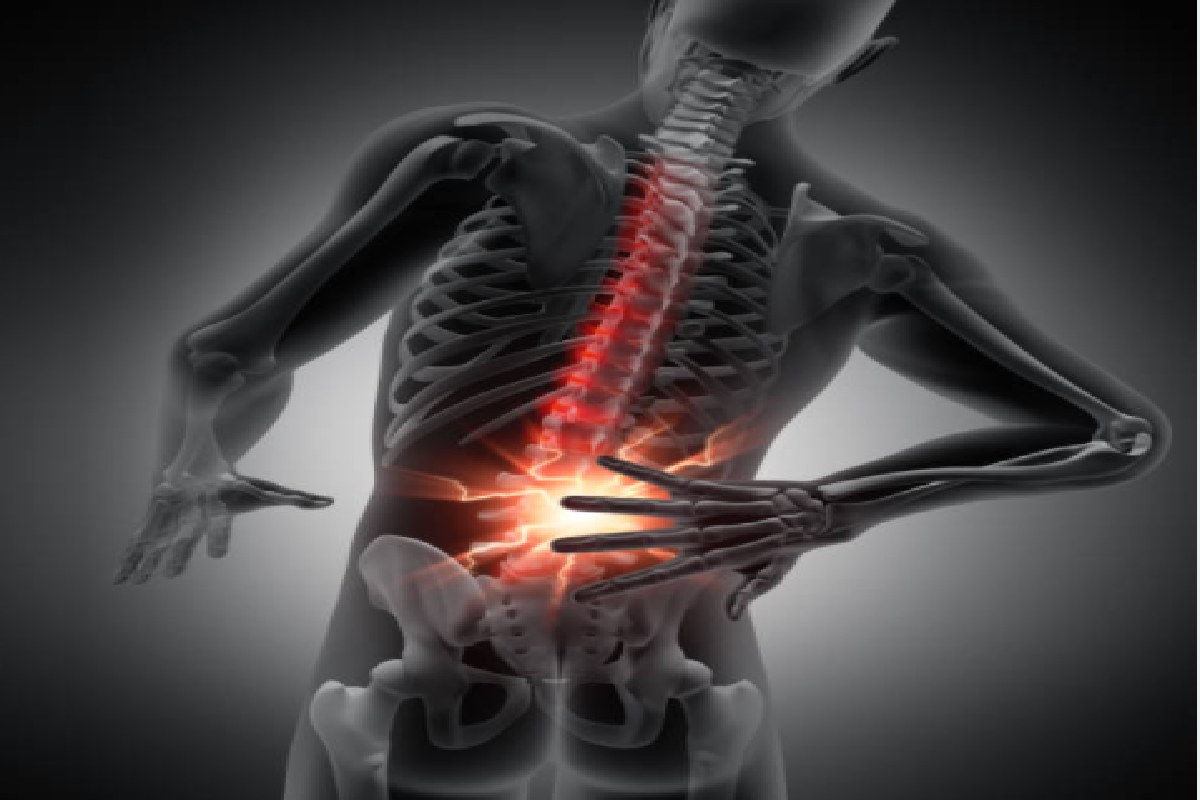What Is Herniated Discs: A herniated disc is a common condition that can lead to severe pain in your lower back or neck. Discs are cushions that help connect the spine’s vertebrae, and they are made of tough rubber-like material. When a disc is damaged, it may rupture or break open. Pieces of the disc may compress against the spinal cord or nerve roots between two vertebrae, which can lead to severe pain in your lower back or neck.
Symptoms
You may experience pain, tingling, numbness, weakness, or stiffness in your back or neck. The disc is located between two vertebrae of the spine. It may partially protrude out of the surrounding bone (a partial disc herniation). You may also feel or hear popping or grinding noises when you move. Therefore you need to know what to do with neck and back pain and how to treat it. The next section will help you understand the causes of this condition.
Causes
1. Aging
Herniated discs are quite common as you get older. This condition is most likely to occur as you get close to reaching the age of 70. As we age, we lose the natural elasticity that we had when we were younger. This loss of flexibility can lead to increased pressure on our discs and interfere with driving, which increases car insurance rates for seniors.
2. Muscle and joint tightness
As you age and muscles and joints become weak, they lose their ability to expand and contract. They are less flexible over time, which leads to increased pressure on the discs. When vertebrae become misaligned because of weakness in your muscles or joints, pressure will be placed on the disc between them.
3. Abnormal bone spurs
Bone spurs develop in people who have experienced several years of chronic back pain. These spurs, also known as osteophytes, can press against an area in the spine that houses a disc. This can cause the disc to bulge or rupture.
4. Sports injuries
Throwing, lifting, and other strenuous sports activities place a lot of pressure on your back. This can damage discs in your spine, causing them to degenerate over time.
5. Occupational habits
Frequent bending and lifting can damage the discs in your spine and cause them to degenerate over time. If you lift weights, you may want to consider strengthening your core muscles — these muscle groups help support the spine and protect it from injury.
6. Lifestyle choices
Smoking, excessive weight, poor posture, and poor nutrition may lead to disc dysfunction. Any of these habits can damage your discs and cause them to degenerate over time.
7. Inadequate spinal support
Your spine needs proper support from the muscles, ligaments, and other tissues that surround it. If any of these tissues are weakened or damaged, they may not provide adequate support for the spine. This inadequate support may result in poor posture and a disc herniation.
What Causes Herniated Discs
- Aging is one of the leading causes of herniated discs. As you get older, your bones become weaker, allowing the discs to become damaged.
- Stress can also cause herniated discs. The disc is made of tough material, so if exposed to high-stress levels, the disc may rupture or break open.
- Disc Injury is another possible cause of herniated discs. Muscle strain, injury, infection, inflammation, or chronic disease can damage the disc’s cushion-like material. As these conditions can cause pain, the disc may also rupture or break open.
Risk Factors
- Obesity increases the risk of herniated discs. Extra weight in the upper body can put pressure on your spine, weakening it.
Complications
Surgery
In some severe cases of herniated discs, surgery may be performed to reduce pressure on your spinal cord. In other severe cases, surgery to repair the disc itself may be recommended. During surgery, the surgeon will cut out or remove parts of the disc compressing against your spinal cord or nerve roots.
Potential Complications
Infection risk
Any surgery can result in infection. However, surgeons are careful to keep their instruments clean and prevent infections from taking hold. An infection during a herniated disc surgery can cause permanent damage to your nerves.
Blood clots
Surgery also increases the risk of blood clots forming. Blood clots can travel to other parts of your body and cause serious complications. Some of these complications include stroke, heart attack, and pulmonary embolism.
Nerve damage
Some types of surgery for herniated discs may also result in nerve damage. This can lead to numbness, tingling, weakness, or loss of motor control. This can be a serious complication, and in some cases, surgery must be delayed to allow the nerves to heal.
Loss of sensory function
A herniated disc is made of tough rubber-like material. If the disc ruptures or breaks open enough, it may cause pressure on nerves that provide sensation in your lower back or legs.
Depression and Brain Damage
If you have a herniated disc, the pressure on your spinal cord could eventually lead to depression and brain damage. This can be the result of nerve damage or partial paralysis.
Abscess
An abscess is an infection that develops when abnormal bacteria enter the blood vessels in your body. An abscess can form when broken pieces of your herniated disc start to leak out. An abscess may lead to a disc infection, which can cause a buildup of pressure around your spinal cord.
Diagnosis
Imaging Tests
An MRI (Magnetic Resonance Imaging) scan is the most common test used to diagnose herniated discs. It uses electromagnetic waves called radio frequencies to create images of your spinal cord and spine. The images reveal any abnormalities in your vertebrae, discs, spina bifida, or other soft tissue. Other tests used to diagnose herniated discs include CT scanning, X-rays, and ultrasounds.
X-rays
An X-ray is one of the most common diagnostic tests for herniated discs. It checks abnormalities in the spine, especially bone structure. X-rays use radiation beams to create an image of your spine. The X-rays are noninvasive and can show any abnormalities in your bones.
Magnetic Resonance Imaging (MRI)
MRIs create pictures of soft tissue, including muscles, ligaments, discs, blood vessels, and nerves. MRIs track the progress of healing from a herniated disc. The MRI is a painless test that does not use radiation.
Cranial Nerve Testing
A cranial nerve test is used to check for nerves that your herniated disc may damage.
Treatment
Surgery
If your disc is compressing your spinal cord or nerve roots, surgery may be the best option to relieve the pressure.
Disc Decompression
Abnormal pressure in the disc can cause damage to nerves in your lower spine. To ease this pain, your surgeon may recommend decompression surgery. During this procedure, you are put under general anesthesia to allow the safe removal of bits of your herniated disc.
Nucleoplasty
A nucleoplasty is another type of treatment for herniated discs. performed at the same time as a decompression surgery. A nucleoplasty helps relieve pressure off your spinal cord by draining fluid from the damaged disc. It may be a more effective treatment option than decompression surgery.
Laminectomy
In a laminectomy procedure, your surgeon will remove the bones that cause pressure against your spinal cord. In most cases, this reduces pressure on the spinal cord and relieves pain. However, this type of treatment is recommended if other treatments have been ineffective.
Spine Fusion
The most common treatment for herniated discs is a spine fusion. The fusion may be performed by removing vertebrae, bone grafting, or both. This helps to reduce the pressure on your spinal cord and relieve pain. The fusion can be performed by open surgery or minimally invasive surgery.
Lumbar Fusion
In a lumbar (lower back) fusion, your surgeon will remove some of the bones that cause pressure on your spinal cord. The surgery will involve removing sections of your vertebrae and bone grafting to create a stable fusion. A lumbar fusion may get performed by open surgery or minimally invasive surgery.
Although your surgery will relieve your pain, it may not help you regain any of the mobility that you had before your injury.
Conclusion
Herniated discs are common among the population. Fortunately, there are many treatment options available. Surgery is one of the most effective treatments for relieving pain caused by herniated discs or spinal stenosis. But surgery is not always the only option. If your symptoms aren’t severe, you may want to try some other treatments before surgery.


